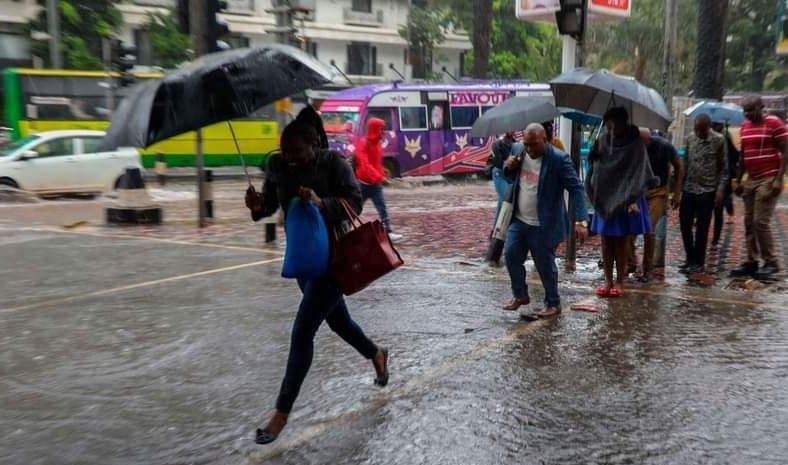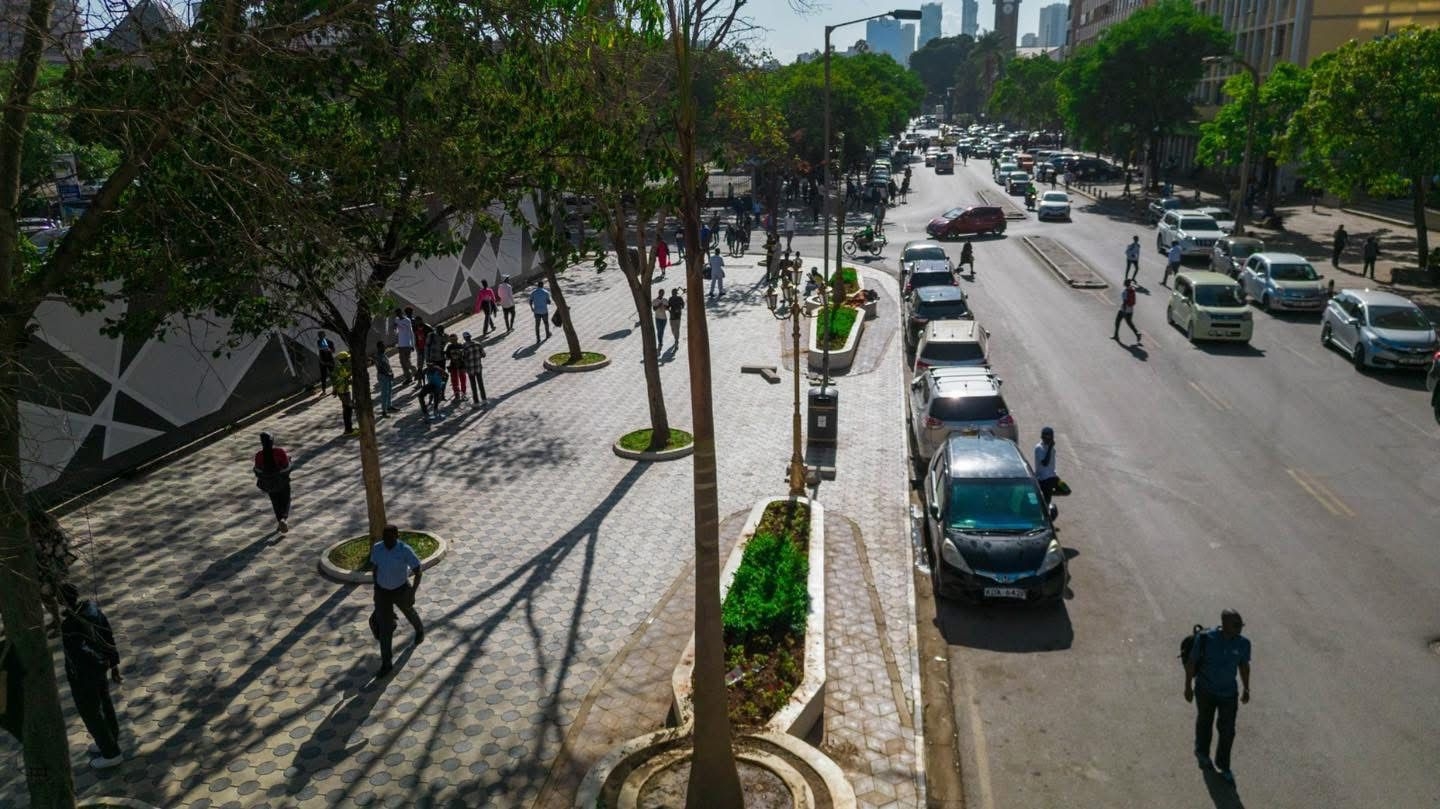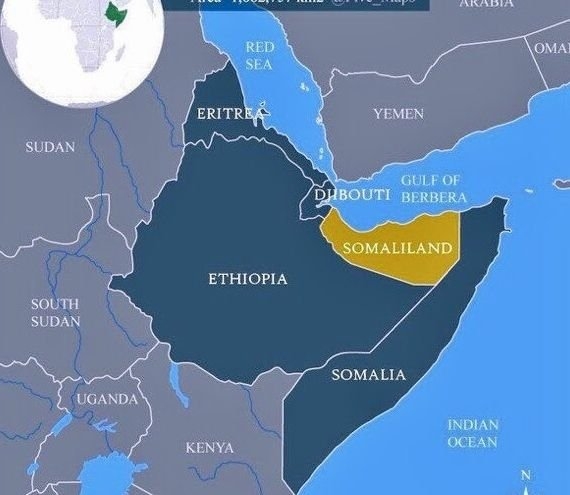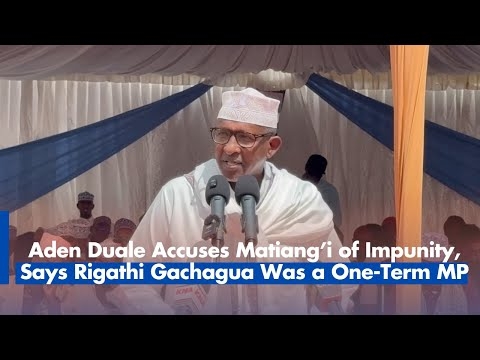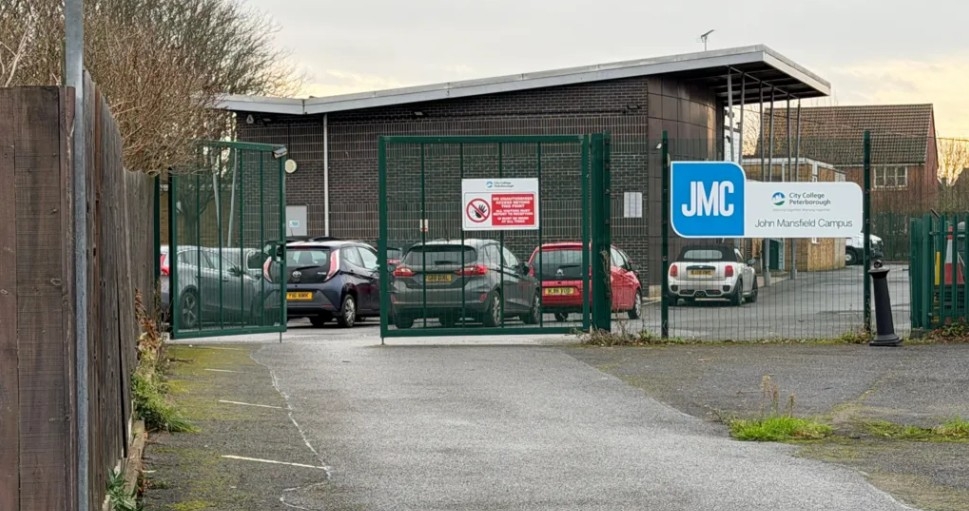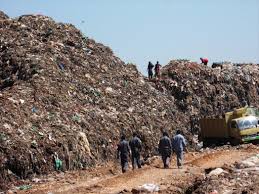
Dandora dumpsite /FILE
After decades of choking under mountains of garbage, Nairobi may soon turn a historic page. The county government has announced plans to shut down operations at the Dandora dumpsite, one of the city’s most infamous environmental scars.
CEC for Green Nairobi Maureen Njeri said a strategy is already in its final stages, paving the way for the city to transition to a cleaner, more sustainable waste management model.
“I know we have been talking about this for a while, but we have now reached the tail end of our planning. Dandora dumpsite will, at some point, have to be decommissioned,” Njeri said.
Opened in 1975 with World Bank funds, the site has outlived its usefulness.
Nairobi generates an estimated 3,000 tonnes of waste daily, most of which still ends up at Dandora—a festering monument to decades of poor urban planning.
Designed to handle 500,000 tonnes of waste, the site now holds more than 1.8 million tonnes, spilling into surrounding neighbourhoods and poisoning air, soil and waterways.
Njeri said about 13,000 families live and work around the dumpsite, scavenging for survival amid toxic fumes.
“They will be affected by the ongoing initiatives,” she noted, underscoring the human toll of the cleanup.
The CEC acknowledged that solid waste management remains one of the city’s biggest headaches, worsened by residents who refuse to pay for collection services.
“Every resident, whether domestic, commercial, or industrial, has a legal obligation to ensure their waste ends up at designated sites. Unfortunately, many do not,” Njeri said.
This neglect, she added, has resulted in heaps of garbage along rivers and road reserves— particularly in informal settlements, where community groups handle waste without the capacity to transport it to Dandora.
To reverse the mess, the county is rolling out a robust citywide cleanup programme, hiring new workers, trucks and private contractors to clear years of accumulated waste.
The effort ties into the Nairobi Rivers Regeneration Project, a multi-agency initiative led by the Ministry of Defence.
Project manager Lieutenant Colonel Kahigu Njoroge said the scale of pollution from the dumpsite is staggering.
“Much of the waste has covered the river, making it disappear into the dumpsite for about 200 metres and reappear again. Unless we cut and remove this waste and its leachate [water that seeps through waste in a landfill and becomes contaminated], the river will never be clean,” he said.
The regeneration plan includes clearing waste within 50 metres of both riverbanks, reinforcing retaining walls, levelling land with clean soil and developing non-motorised transport corridors to reclaim the riverside for public use.
The National Environment Management Authority has also stepped in, urging counties to comply with the Sustainable Waste Management Act, 2022, which mandates the establishment of material recovery facilities for sorting, composting, recycling and treatment.
Under the new framework, waste management will follow a circular economy model where only a small fraction will go to landfills.
The rest will be recycled, composted, or converted into energy to reduce environmental impact and create green jobs.
Njeri said the county is focused on turning policy into practice.
“We’re creating awareness, enforcing responsibility and investing in systems that will make Nairobi cleaner, greener and healthier,” she said.
For a city long defined by its waste, the end of Dandora may mark the beginning of Nairobi’s environmental redemption.


